Researchers Drs. Noelle Noyes, Montserrat Torremorell, and colleagues at the University of Minnesota developed a workflow called TELSVirus, or Target-Enriched Long-Read Sequencing of Virus, that enables the real-time detection and genomic characterization of multiple viral pathogens from a single sample in a relatively short turnaround time (approximately 24 hours). As part of a SHIC-funded study, the researchers’ main objective was to apply the TELSVirus workflow to porcine oral fluid samples to detect and characterize genomes of target viral pathogens.
Overall, the diagnostic test developed through TELSVirus enabled researchers to detect a high prevalence of co-circulating yet understudied viruses, including porcine bocavirus, porcine sapelovirus 1, and porcine astrovirus 2 and 4, while also allowing for detection of viruses with known production impacts, such as PRRSV, influenza, and rotavirus. These viruses were often detected in the same oral fluid sample, and the high sequencing coverage afforded by TELSVirus allowed for robust viral variant analysis. Researchers also demonstrated that TELSVirus’ limit of detection for PRRSV and influenza is comparable to that of qPCR, while providing the benefits of increased genomic information. Based on these results, TELSVirus has the potential to support real-time surveillance of endemic and emergent viruses, while also improving understanding of co-circulating viruses, their genetic diversity, and ultimately how they impact swine health and production.
Viral co-infections on swine farms are common and frequent, contributing to aggravated disease outcomes as well as impairing economic profit and animal well-being. In addition, due to high mutation rates, the co-circulation of viruses within swine herds facilitates the emergence and re-emergence of new variants, potentially impairing disease investigation, control, and prevention. Despite significant cost and health relevance, viral co-infections are understudied, in part due to limitations in sequencing techniques able to generate full-length sequences of multiple viruses from field samples. The detection and genomic characterization of novel variants are still a challenge, and many questions about the dynamics and interactions of co-circulating viruses in swine herds remain.
Drs. Noyes and Torremorell plan to pursue further funding for additional work and development of best practices for testing field samples using this process. They reported their first attempt to incorporate TELSVirus as part of a veterinary diagnostic workflow and showed promising results but is still a work in progress. Researchers are continuing discussions with the veterinary diagnostic laboratory to pursue further application of this testing platform.
The Swine Health Information Center, launched in 2015 with Pork Checkoff funding, protects and enhances the health of the US swine herd by minimizing the impact of emerging disease threats through preparedness, coordinated communications, global disease monitoring, analysis of swine health data, and targeted research investments. As a conduit of information and research, SHIC encourages sharing of its publications and research. Forward, reprint, and quote SHIC material freely. For more information, visit http://www.swinehealth.org or contact Dr. Paul Sundberg at [email protected] or Dr. Megan Niederwerder at [email protected].
Copyright 2024 | Swinehealth.org | Website by Heartland Marketing Group